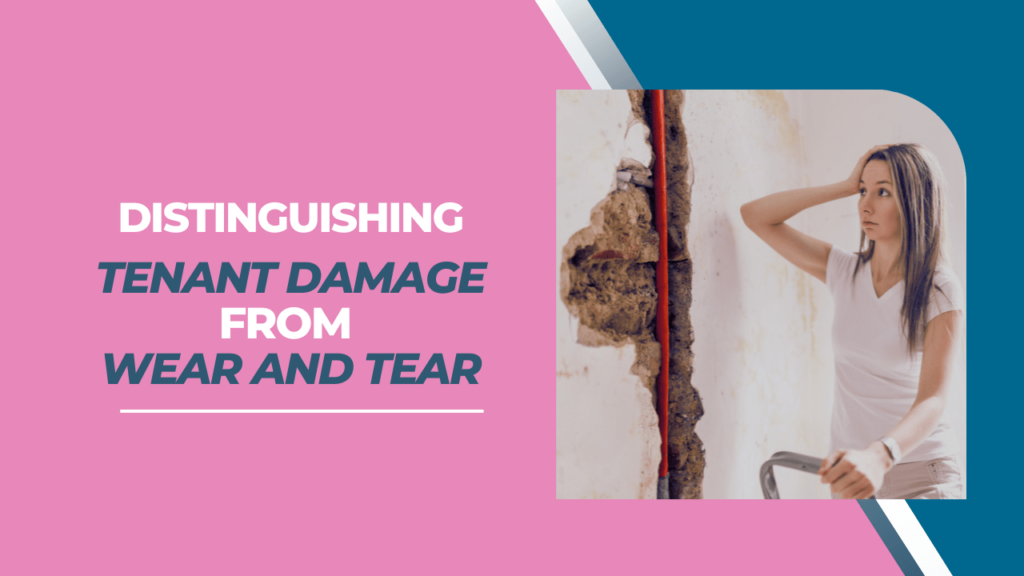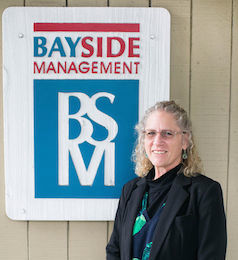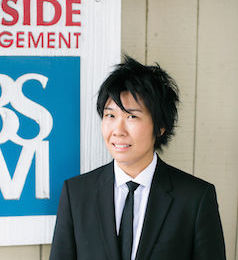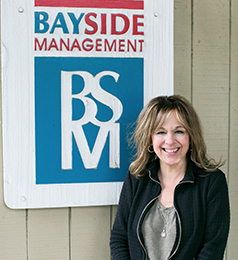
Being a landlord in San Mateo can be a rewarding experience, but there’s also a lot of angst that comes with it. For example, what if a tenant damages your home?
What if you can’t tell whether it’s damage or normal wear and tear?
That’s a challenge that pops up frequently for landlords, especially when they’re conducting a move-out inspection and trying to decide what to do about the security deposit.
Unless you’re working with a professional San Mateo property management partner, you have to master the ability to distinguish between tenant damage and normal wear and tear. As you likely know, California security deposit laws allow you to deduct from the deposit for damage, but not for wear and tear.
San Mateo landlords know that California’s tenant laws can be complex.
We’ve put together this guide to help local landlords understand the difference between tenant damage and wear and tear, and to provide insight into best practices when it comes to maintaining a healthy landlord-tenant relationship.
What Constitutes Normal Wear and Tear?
Wear and tear is the natural and gradual decline in the condition of a property due to age and normal use. Properties will degrade over time, whether you’re living in the home yourself, or you have tenants residing there for months or years. It is expected and cannot be avoided, even with regular maintenance.
Examples of wear and tear might include:
- Faded paint and wallpaper from sunlight or age.
- Scuffed hardwood floors from regular use.
- Worn-out carpets after several years of standard living conditions, especially in high-traffic areas.
- Small nail holes in walls where pictures or clocks were hung.
According to California rental laws, you are responsible for wear and tear. These are repairs that you would make while preparing a home for rent anyway. You cannot charge a security deposit for these repairs.
Understanding Tenant Damage
Unlike normal wear and tear, tenant damage is any harm to the property that is beyond what could reasonably be considered normal. This includes neglect and abuse as well as those activities that lead to avoidable damage.
Common types of tenant damage might include:
- Broken windows due to carelessness or objects being thrown through them.
- Damaged appliances from misuse or lack of care.
- Large holes in walls from hanging or mounting televisions.
- Intentional writing on or scratching of floors and walls.
Damage is deductible from the tenant’s security deposit as long as it’s documented that this is not the condition that your property was in when those tenants moved in.
Conducting Thorough Move-in and Move-out Inspections
The best way to differentiate between these two categories is through detailed move-in and move-out inspections. Here are some key tips to ensure these inspections are effective:
- Move-In Inspections:
-
- Document the condition of the property before the tenant moves in.
- Take photographs and videos of the property’s interior and exterior.
- Use a checklist to ensure all areas are covered, such as walls, floors, appliances, and fixtures.
- Move-Out Inspections:
-
- Compare the current condition to that of the initial inspection.
- Look for new damage that isn’t consistent with normal wear and tear.
- Be thorough and objective to avoid disputes during the security deposit return process.
Pre-Move-Out Inspections are Required to be Offered
One of the legal requirements in California is that you offer your existing tenants a pre-move-out inspection before they leave the property. Your tenants are not obligated to accept the offer. But, you have to make it.
This inspection feels tedious to many landlords, but understand that it’s actually beneficial to both you and your residents. It allows them to decide what they’re willing to do before moving out in order to get more of their security deposit back, and it gives you an idea of what kind of repairs you’ll need to make while preparing the property for a new tenant.
The pre-move-out inspection, which is typically scheduled within two weeks of the tenant’s move-out date, will give you and your tenant an opportunity to identify any potential issues that need to be addressed before moving out. Additionally, it provides your tenants with a chance to fix any issues, which will save you time and money in the long run.
Prepare a checklist of all the things that need to be examined while you’re at the property. Allow your tenant to ask questions and be willing to speak openly and transparently about what might result in a deduction. If they painted a wall blue, for example, you’ll need to tell them what shade of paint they should return the wall to before they depart.
Security Deposit: Protecting Your Property and Your Rights
 The security deposit is intended to protect landlords from unanticipated costs associated with tenant damage. In California, landlords must adhere to strict guidelines on how to handle these funds, including itemized lists of deductions provided to the tenant within a certain timeframe.
The security deposit is intended to protect landlords from unanticipated costs associated with tenant damage. In California, landlords must adhere to strict guidelines on how to handle these funds, including itemized lists of deductions provided to the tenant within a certain timeframe.
Despite preventive measures, disputes over damages may arise. Communicate with the tenant about any deductions from the security deposit. Provide an itemized statement of the deductions, including photographs or receipts, and be prepared to justify your position in case you find yourself in front of a mediator or in small claims court.
Distinguishing between tenant damage and normal wear and tear is an important part of renting out your San Mateo property. It’s not always clear to inexperienced landlords, but it makes a big difference in how you handle the move-out process and return the security deposit.
By understanding the legalities involved, conducting thorough inspections, setting and maintaining clear standards, and using security deposits judiciously, landlords can protect their property and their interests effectively.
Remember, proactive care and open communication can go a long way in preventing disputes.
If you need some security deposit help or any assistance with San Mateo property management, please contact us at Bayside Management. We lease, manage, and maintain investment properties in San Mateo and around the Peninsula, including San Carlos, Redwood City, Pacifica, San Bruno, Half Moon Bay, Daly City, Mountain View, Foster City, and Palo Alto.
 Peter Boda
Peter Boda Jeff Hacker
Jeff Hacker Dylan Motchar
Dylan Motchar Barbara Boyd
Barbara Boyd Joanelle Russell
Joanelle Russell Mary Wiegmann
Mary Wiegmann Joseph DeNoia
Joseph DeNoia Beth Nagy
Beth Nagy Jasmin Peraza
Jasmin Peraza Carmin Wong
Carmin Wong Pauline Smith
Pauline Smith Victoria Taylor
Victoria Taylor Yvette Perreca
Yvette Perreca Anthony Fregoso
Anthony Fregoso Anthony Thompson
Anthony Thompson Drew Reischl
Drew Reischl Nick Lange
Nick Lange Collette Counter
Collette Counter Justin Barton
Justin Barton